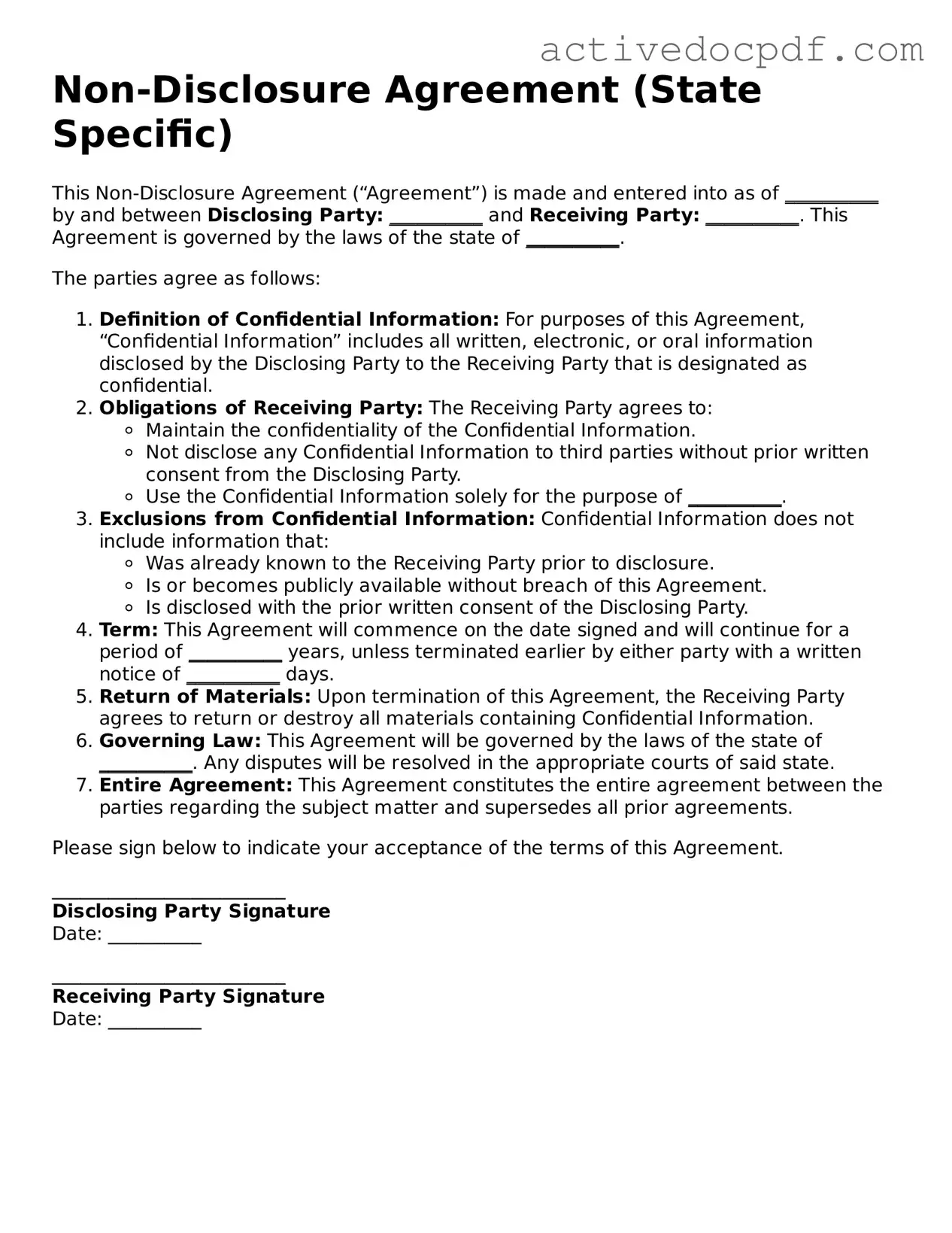What is a Non-disclosure Agreement (NDA)?
A Non-disclosure Agreement (NDA) is a legal contract that establishes a confidential relationship between parties. It protects sensitive information from being disclosed to unauthorized individuals or entities. NDAs are commonly used in business settings to safeguard trade secrets, proprietary information, and other confidential data.
When should I use an NDA?
You should consider using an NDA in situations where sensitive information will be shared. Common scenarios include:
-
During discussions with potential business partners or investors.
-
When hiring employees or contractors who will have access to confidential information.
-
In joint ventures or collaborations where proprietary information is exchanged.
NDAs can cover various types of information, including:
-
Trade secrets, such as formulas, processes, or designs.
-
Business strategies and marketing plans.
-
Customer lists and data.
-
Financial information and projections.
It is essential to clearly define what constitutes confidential information in the NDA to avoid misunderstandings.
How long does the confidentiality obligation last?
The duration of confidentiality obligations can vary based on the agreement. Typically, NDAs specify a time frame, which can range from a few years to indefinitely. Consider the nature of the information when determining how long the NDA should remain in effect.
What are the consequences of breaching an NDA?
Breaching an NDA can lead to serious consequences, including:
-
Legal action and potential lawsuits.
-
Monetary damages for losses incurred due to the breach.
-
Injunctions to prevent further disclosure of confidential information.
It is crucial to take the terms of an NDA seriously to avoid these potential outcomes.
Can I modify an NDA after it has been signed?
Yes, NDAs can be modified after signing. However, both parties must agree to the changes, and it is advisable to document any modifications in writing. This ensures clarity and helps avoid future disputes regarding the terms of the agreement.
